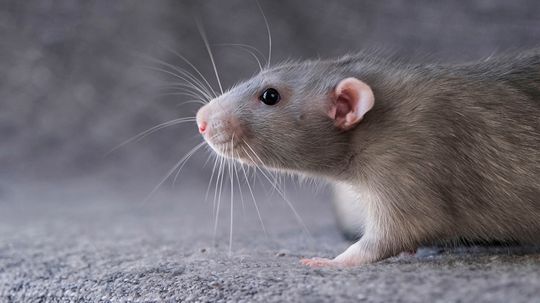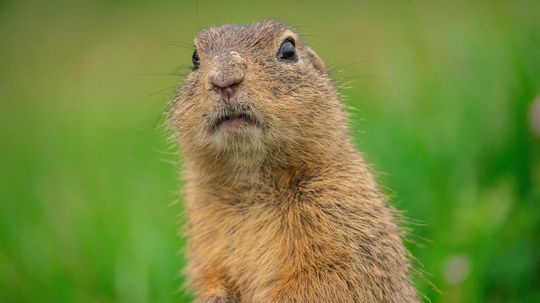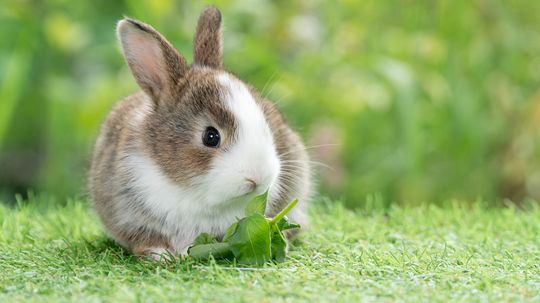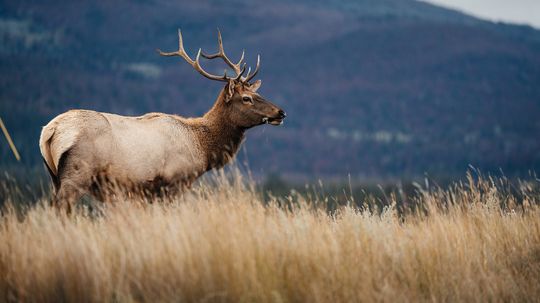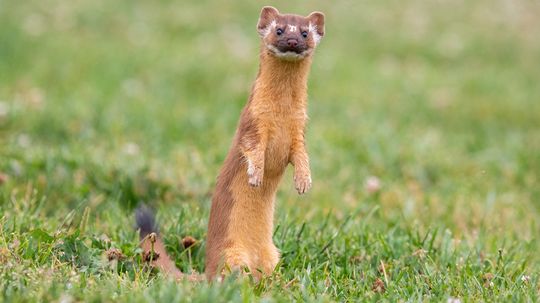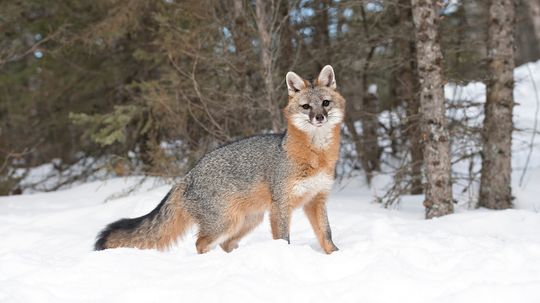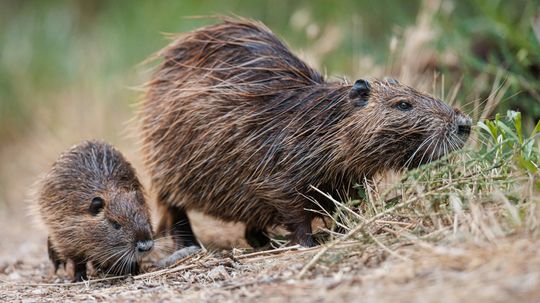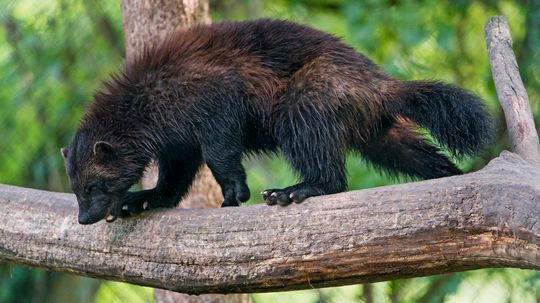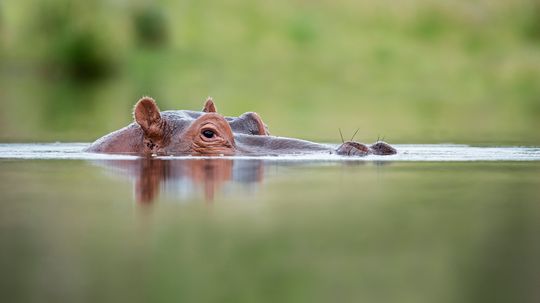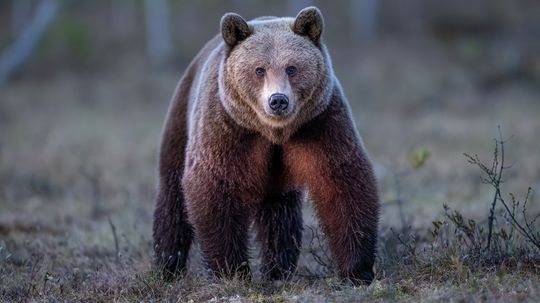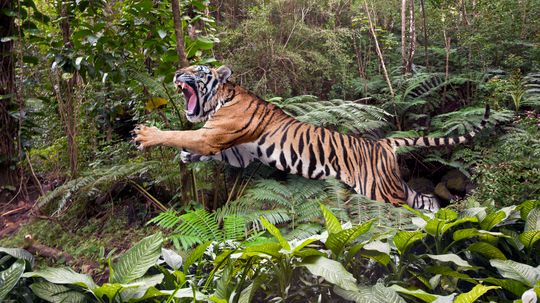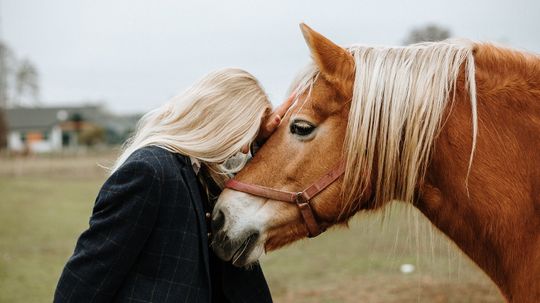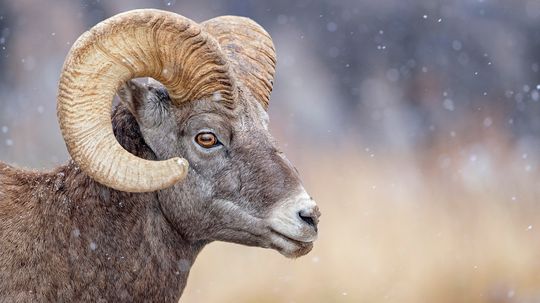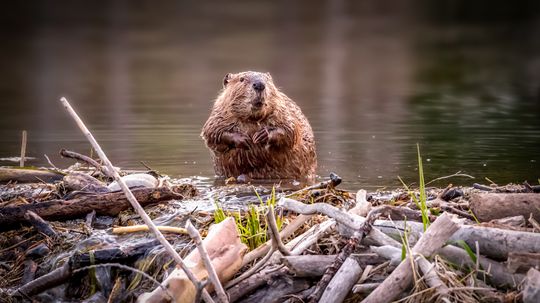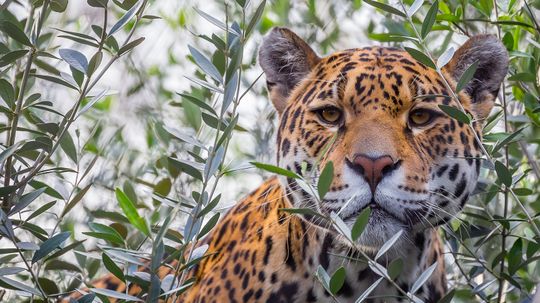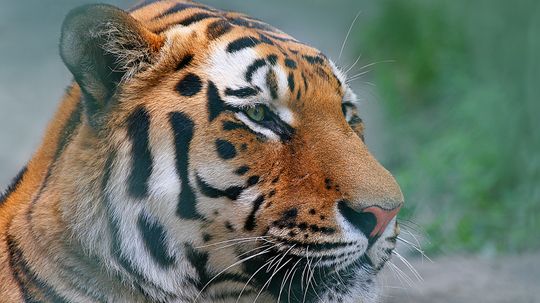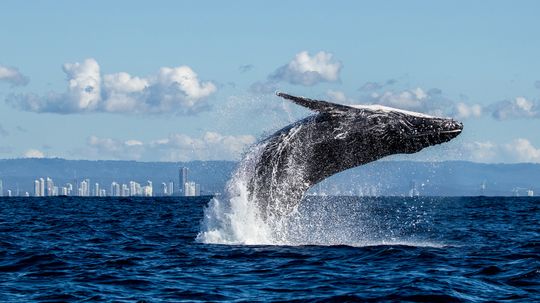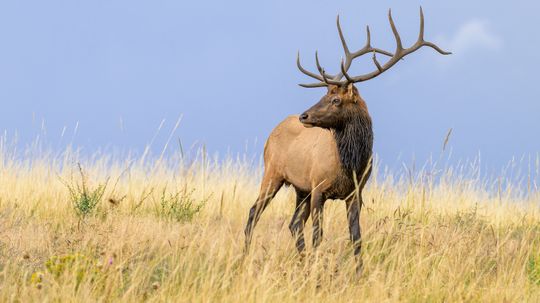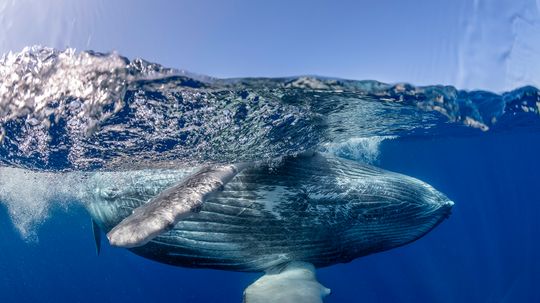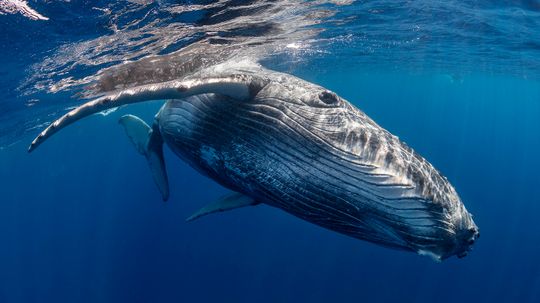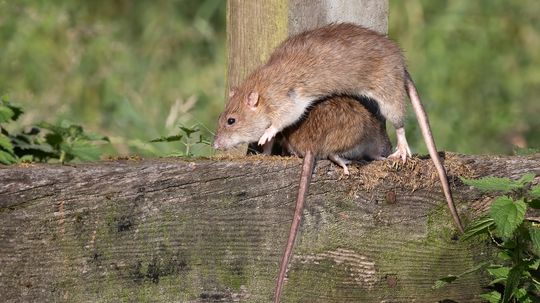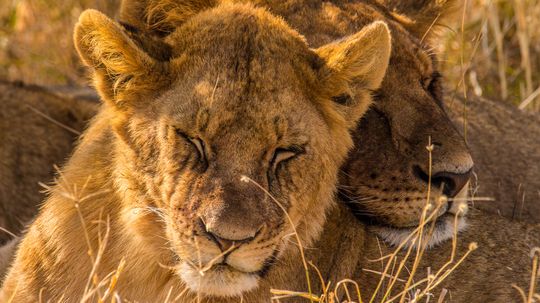Mammals
Scientifically-speaking there are 11 mammal groups, and most Mammals are warm-blooded, have body hair, give live birth and nurse their young with milk from mammary glands. Check out these articles about all kinds of mammals.
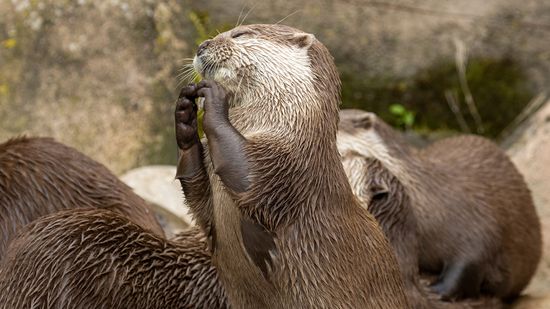
What Is a Group of Otters Called? The Official Terms Are Adorable
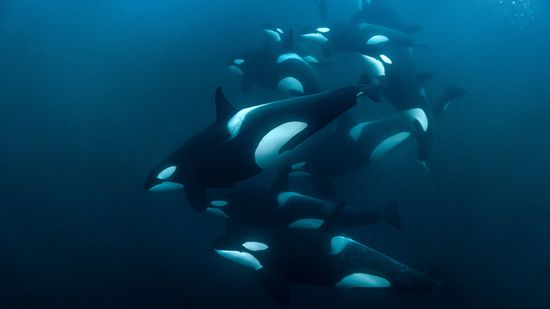
What Is a Group of Orcas Called? Not a School or a Squad But A...
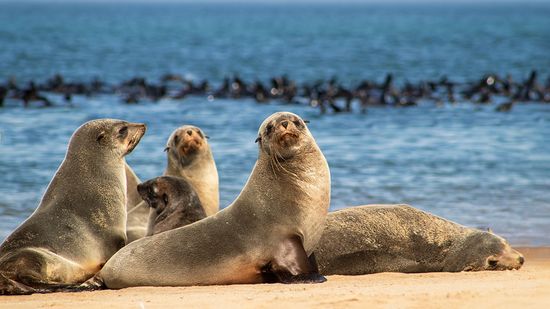
What Is a Group of Seals Called? Depends Where It Is
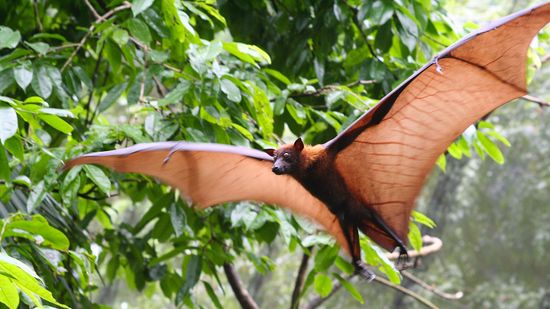
The Largest Bat in the World Has a Wingspan Over 5 Feet
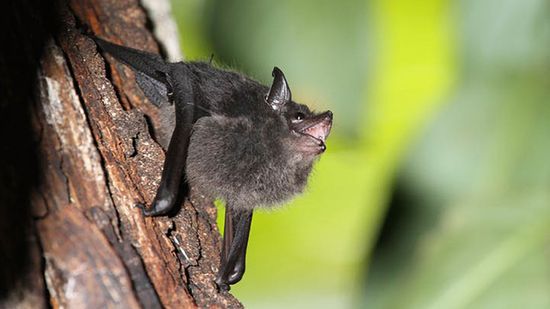
Baby Bats Babble With Moms, Hinting at Human Language Development
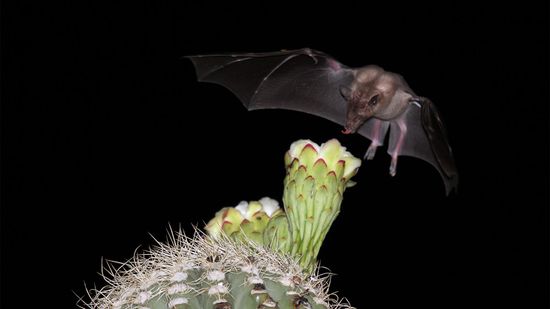
Fruit Bats Are the Best Pollinators (and Suppliers of Tequila)
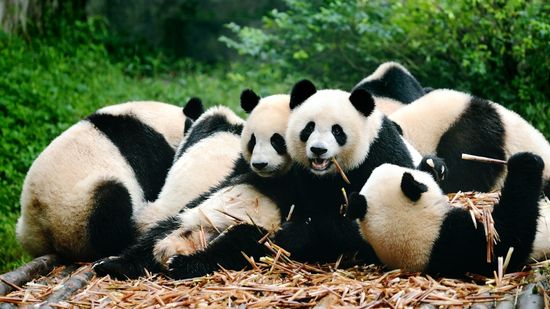
What Is a Group of Pandas Called? We're Blushing

What Do Pandas Eat (Other Than Bamboo)?
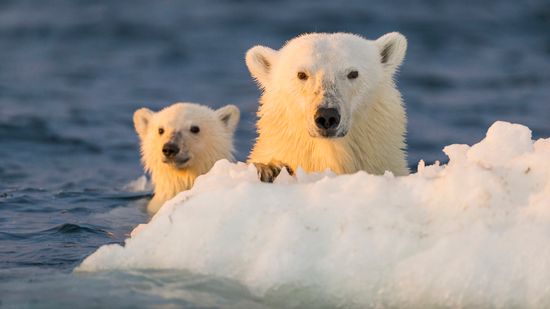
Polar Bear vs. Grizzly Bear: Which Bear Is Bigger and Tougher?
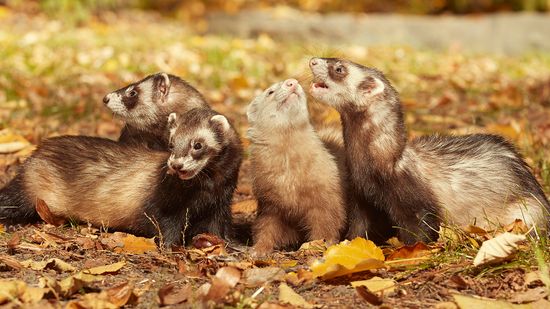
What Is a Group of Ferrets Called? You're Such a Busybody
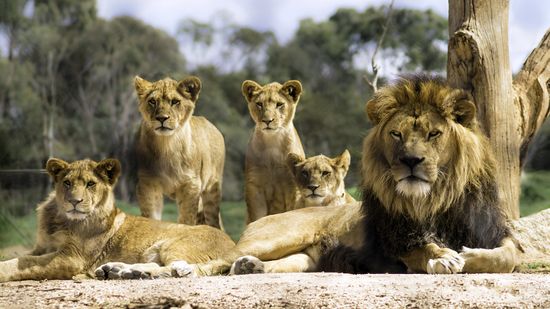
What Is a Group of Lions Called? 'Pride Rock' Makes So Much Sense Now
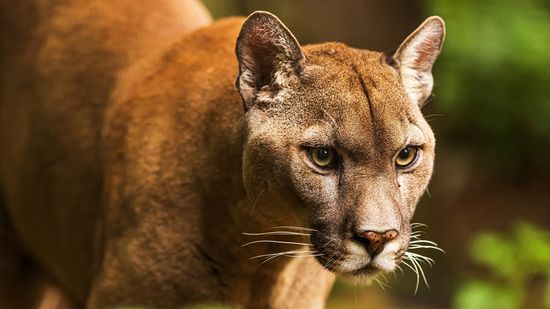
Panther vs. Cougar: Different Names for the Same Cat
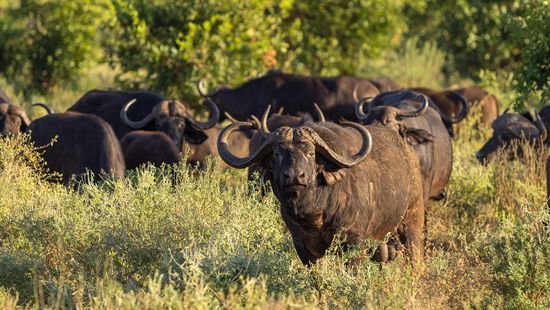
What Is a Group of Buffalo Called? Hint: It Also Applies to Bison
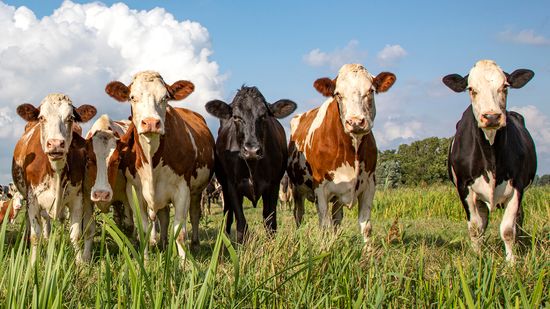
What Is a Group of Cows Called? Not Always a Herd

What Is a Group of Sheep Called? Not Necessarily a Herd
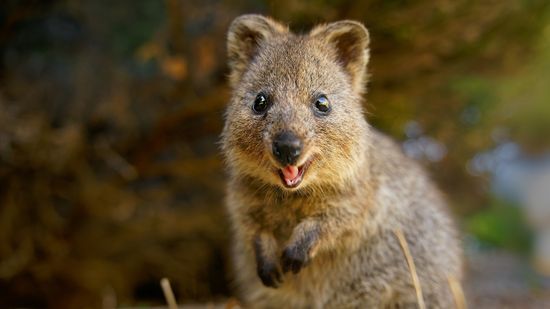
The Happiest Animal on Earth Is the Quokka
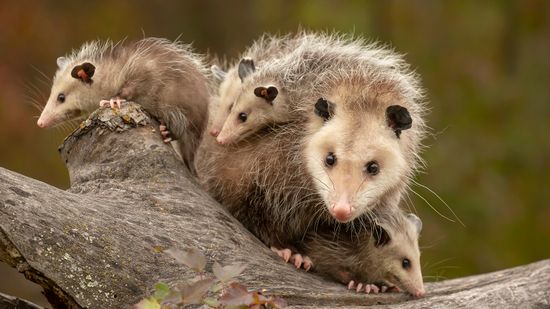
What Do Possums Eat? Most Things, It Turns Out
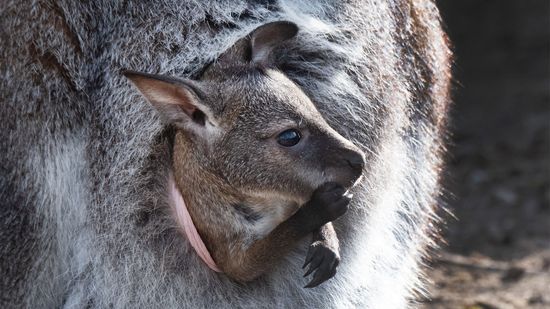
What's It Like Inside a Kangaroo's Pouch?

10 'Ugliest' Monkey Species: Unconventional Beauty in Primates
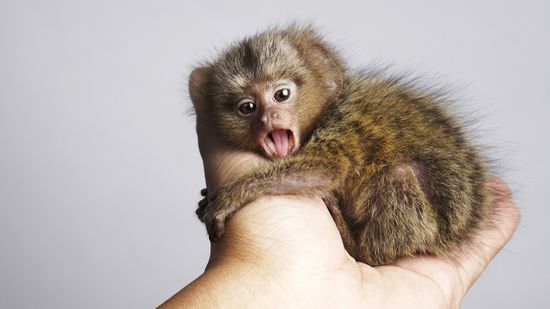
The Tiny Finger Monkey Gets Lonely Without Its Family
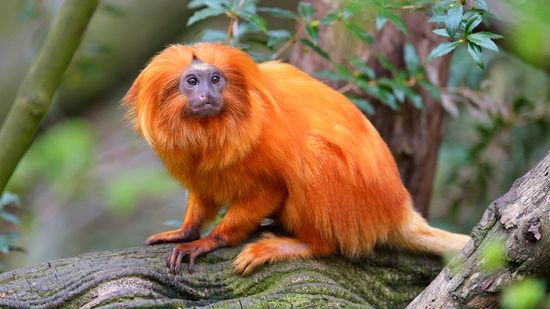
15 Types of Monkeys Climbing Trees All Around the World
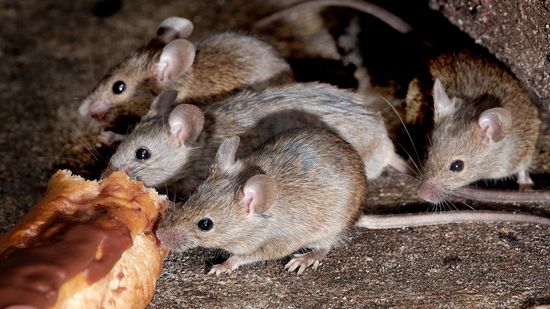
What Is a Group of Mice Called? Not Always a Colony
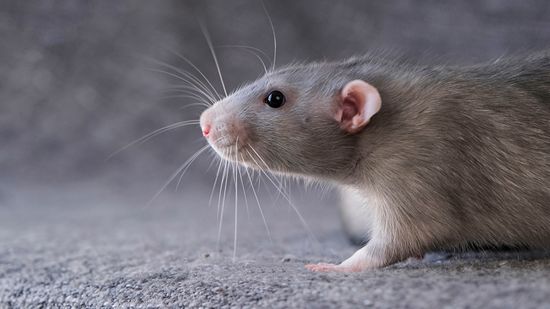
Rat Poop vs. Mouse Poop: Important Differences for Pest Control
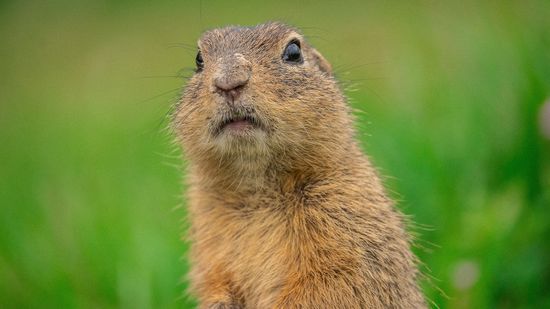
Groundhog vs. Gopher Habits and Identification
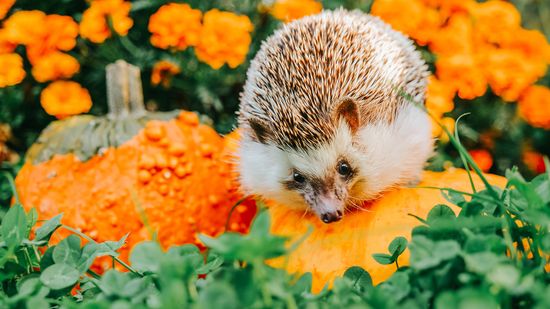
What Is a Group of Hedgehogs Called? It's Adorably Appropriate
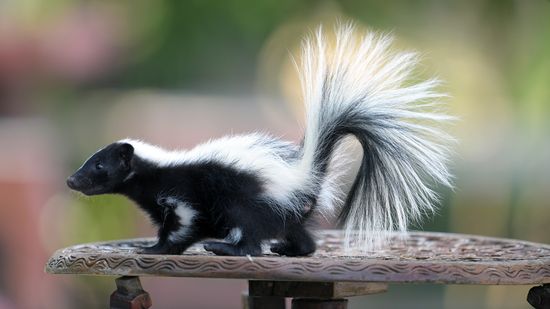
What Is a Group of Skunks Called? Here's Why You've Never Asked Before

What Is a Group of Raccoons Called? It's Surprisingly Elegant
Learn More / Page 2
If you’ve spotted small droppings in your home, you may be wondering how to tell if it's rat poop vs. mouse poop. Identifying the type of rodent droppings is a critical first step in addressing an infestation and avoiding health risks.
By Nico Avelle
If you’ve spotted a chunky, dirt-moving mammal in your yard, you might wonder about a groundhog vs. gopher invasion. Despite similar lifestyles and habitats, these burrowing rodents are very different animals.
By Nico Avelle
At first glance, a rabbit and a hare might look like twins in a petting zoo lineup. But the hare vs. rabbit comparison runs deeper than floppy ears and twitchy noses. These two species, while from the same family Leporidae, lead very different lives.
By Nico Avelle
Advertisement
Caribou and elk are both majestic members of the deer family, but they are not the same animal. The caribou vs. elk comparison reveals key differences in appearance, behavior, and habitat that set these two species apart (even though they're often confused).
By Nico Avelle
If you're all twisted up about the difference between a panther and a cougar, you're not alone. In fact, panther vs. cougar confusion is a classic case of regional naming rather than two distinct animals.
By Nico Avelle
They may look alike with their long, slender bodies and darting movements, but the ferret vs. weasel comparison reveals key differences in species, behavior, and domestication. These cousins belong to the family Mustelidae, which also includes otters, stoats, and minks.
By Nico Avelle
At a glance, the gray fox vs. coyote match-up might look lopsided. One is a medium-sized wild dog, the other a nimble omnivore that can climb trees.
By Nico Avelle
Advertisement
At first glance, woodchucks and beavers might seem like not-so-distant cousins; both are stocky, brown, large rodents.
By Nico Avelle
Out in the wild, who wins in a wolverine vs. badger brawl? These two animals may look like scrappy fur balls, but they're built for battle. Think claws, jaws and hides tougher than a biker jacket.
By Nico Avelle
The question of hippo vs. rhino is seriously a heavyweight showdown in the world of wildlife. These massive animals share African habitats but have very different biology, behavior, and reputations.
By Nico Avelle
In debates across playgrounds and podcasts, one question endures: In a battle of bear vs. lion, who wins?
By Nico Avelle
Advertisement
When looking at mountain lion vs. bobcat physiques, you’re looking at two iconic wild cats that share habitats but differ significantly in size, behavior, and offensive capabilities.
By Nico Avelle
In a hypothetical showdown — tiger vs. bear — which animal would win? Both are apex predators, equipped with sharp teeth, powerful claws, and a will to survive.
By Nico Avelle
With over 300 horse breeds in the world, the horse world is mighty diverse. From miniature horses to heavy draft breeds, the types of horses can be grouped by size, temperament and purpose.
By Nico Avelle
Though often confused, rams and goats are two distinct animals with different traits, behaviors, and roles in livestock farming. When comparing ram vs. goat traits, it helps to start with a clear understanding of what each term means.
By Nico Avelle
Advertisement
Beavers and groundhogs might look similar to the untrained eye, but a close beaver vs. groundhog comparison reveals a tale of two very different creatures.
By Nico Avelle
Hog vs. pig: What’s the difference? If you’ve ever wondered whether the two are just different names for the same animal, you're not alone. While they’re closely related, it's not always correct to use these terms interchangeably.
By Nico Avelle
When it comes to big cats, few comparisons get more attention than the showdown of panther vs. jaguar. These animals are powerful, stealthy and mysterious members of the animal kingdom. But are they actually separate species, or is the difference only fur-deep?
By Nico Avelle
Step aside, heavyweight champions of the animal world! There’s a Siberian tiger vs. Bengal tiger showdown that deserves center stage.
By Nico Avelle
Advertisement
If you’ve ever watched whales surfacing with a dramatic blow from their blowholes, you’ve probably wondered: How often do whales come up for air?
By Nico Avelle
When you're hiking through the woods or watching wildlife documentaries, you might find yourself wondering about the differences between two majestic creatures: elk vs. deer.
By Nico Avelle
It’s a question that puzzles many ocean lovers: How do whales sleep without drowning? Unlike us, whales are voluntary breathers, meaning they have to consciously come up for their next breath. That makes their sleeping habits pretty unique among marine mammals.
By Nico Avelle
If you've ever wondered, "Are whales mammals?" the answer is a resounding yes. Despite their fish-like appearance, whales belong to the order Cetacea and share many features with other mammals. From breathing air to nursing their young, these marine giants check every mammalian box.
By Nico Avelle
Advertisement
Few phenomena are as strange, grotesque and captivating as the rat king — a creature that has fascinated and unsettled people for centuries.
By Nico Avelle
Lions, one of the most iconic big cats in the animal kingdom, belong to the species Panthera leo, but not all lions are the same. There are several recognized subspecies, each adapted to a specific region and environmental conditions.
By Nico Avelle
